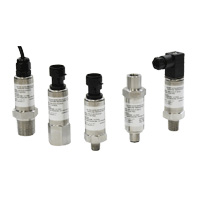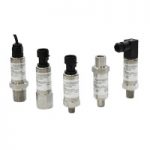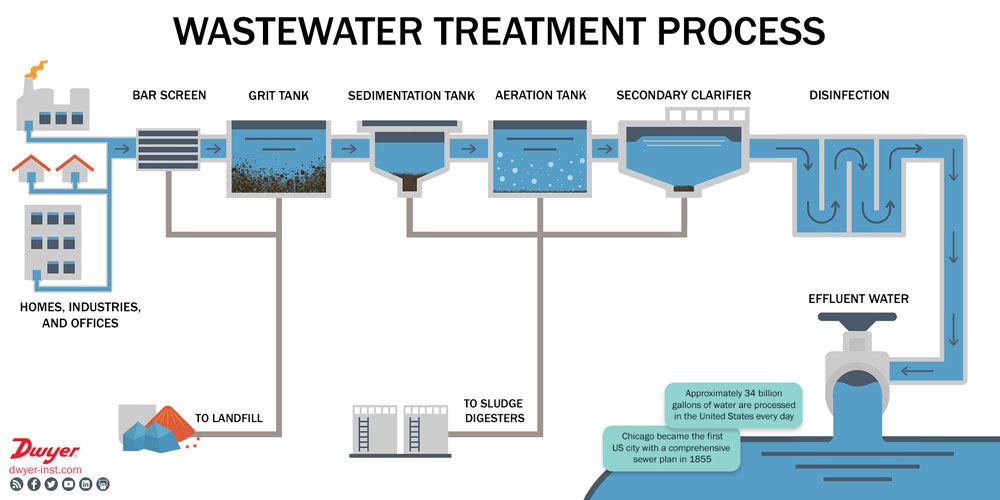
Every day, billions of gallons of wastewater are collected from our homes, businesses, and industries. Wastewater is exactly what it sounds like: water that has already been used and disposed of via a tub, toilet, sink, or storm drains. Because it is full of contaminants that make the water no longer suitable for use, it is collected in the sewer system and delivered to plants for treatment to make the water safe to be returned to the environment. Continue reading “What is Wastewater, and How is it Treated?”

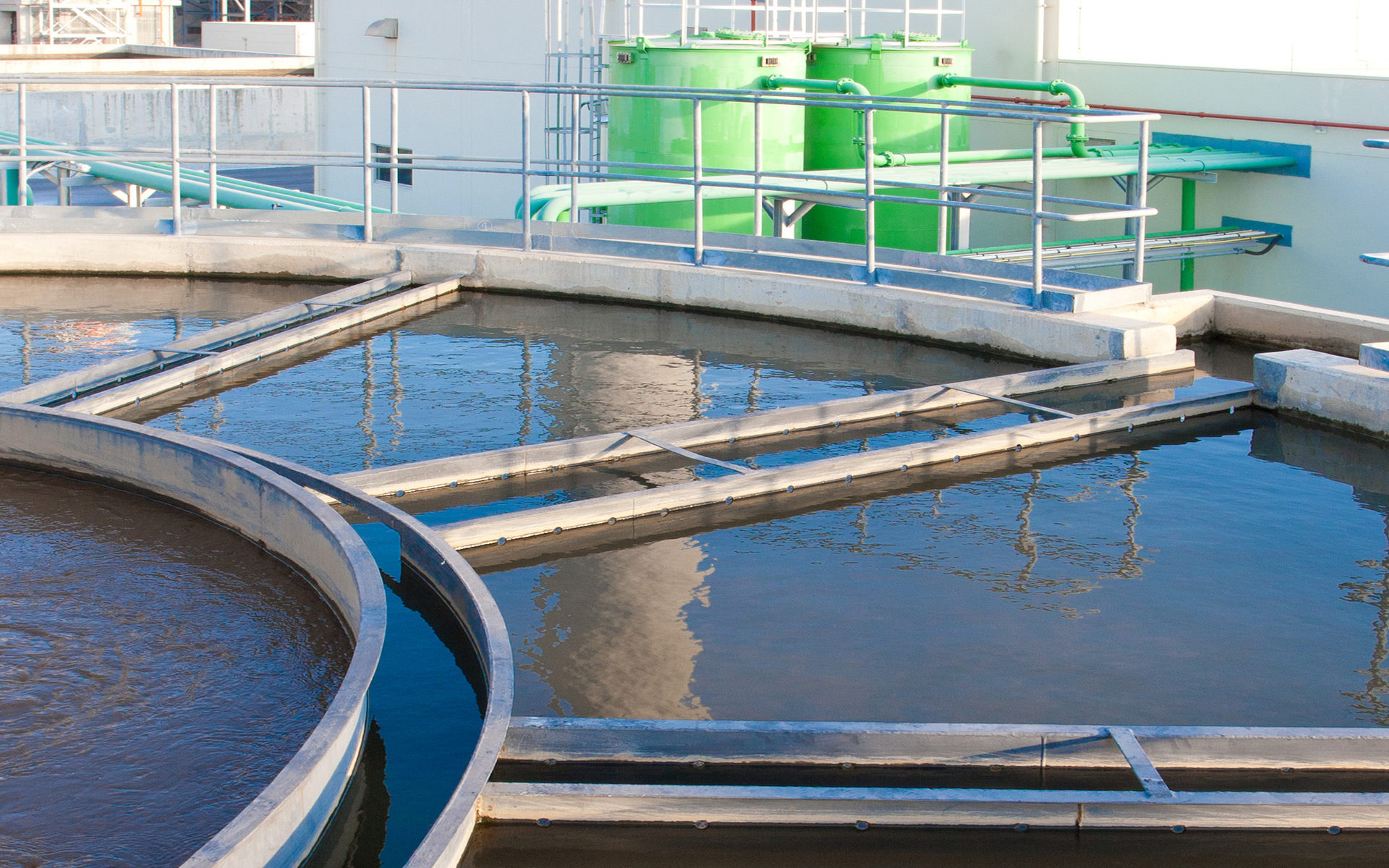
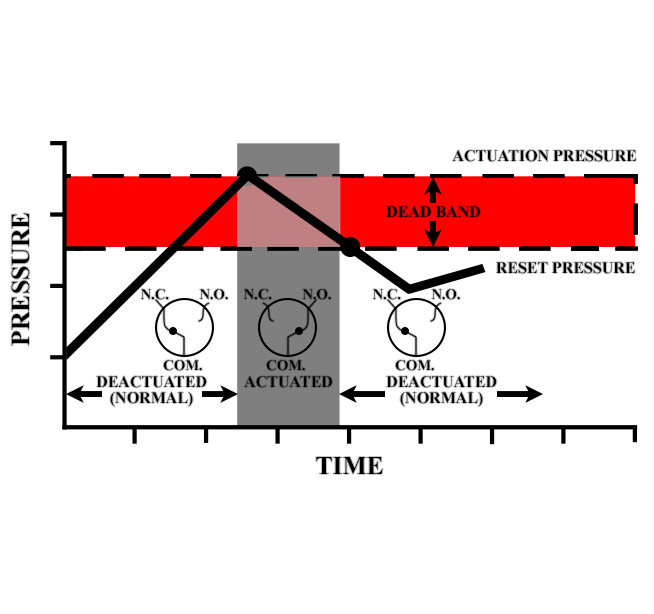
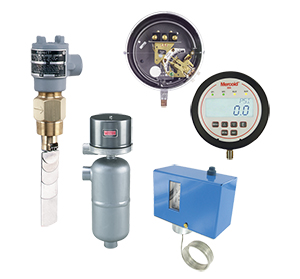
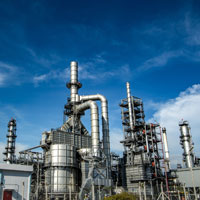
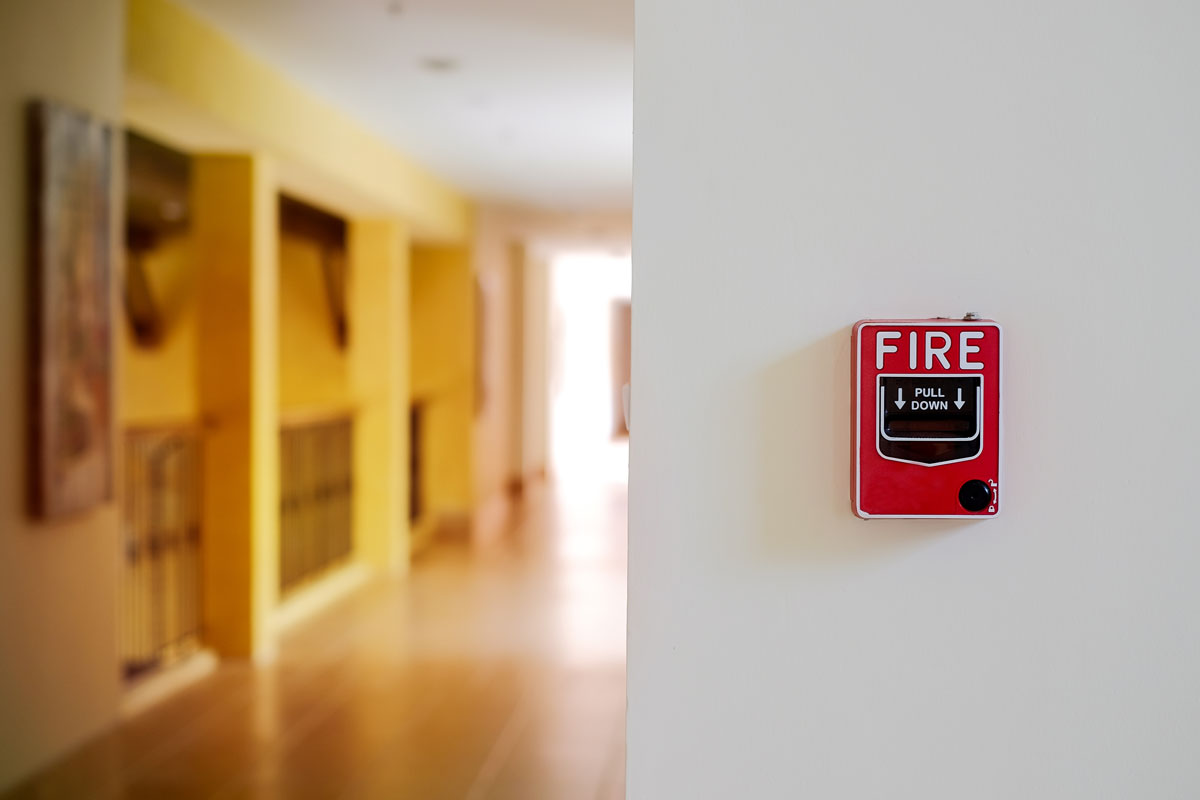
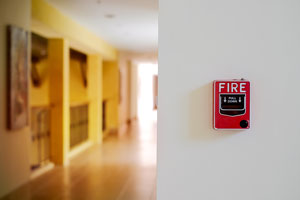 Picture this: You wake up with a start to the sound of crackling flames and the screech of an alarm. A nearby apartment room has caught fire, and you need to get out before it spreads to the rest of the building. You go through the motions; grab the keys, check the door knob, keep low to the ground. You head to the stairs and make your way outside to safety.
Picture this: You wake up with a start to the sound of crackling flames and the screech of an alarm. A nearby apartment room has caught fire, and you need to get out before it spreads to the rest of the building. You go through the motions; grab the keys, check the door knob, keep low to the ground. You head to the stairs and make your way outside to safety. 